25th Anniversary of Colorado’s Most Endangered Places Wrapping Up with Progress on 5 Priority Sites
In 2022, CPI paused its new listing of Endangered Places sites to concentrate efforts on moving forward five key sites identified as priorities because of their unique value as BIPOC (Black, Indigenous, People of Color) or rural sites in need of support and assistance. As noted below, these sites made impressive progress and are poised to move forward in 2023. They include:
Dearfield Farming Colony
Weld County – 1999 listing:
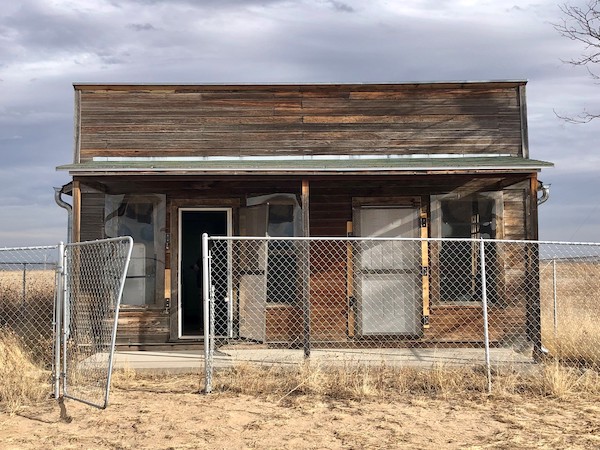
In 2021, the Black American West Museum and the Greeley-based Dearfield Preservation Committee led preservation efforts to save the Dearfield Colony site. Significant funding followed when Dearfield received a $498,000 grant from the National Park Service (NPS) through the African American Civil Rights Program. In Spring 2022, a University of Northern Colorado preservation project funded by the NPS grant began important first steps in removing lead-based paint and asbestos from the existing buildings. Once this phase is complete, project leaders will direct the NPS funds to stabilization and exterior restoration. The site also received a $49,000 State Historical Fund (SHF) grant for architectural studies and interior restoration. On June 9, 2022, CPI recognized Dearfield at the Dana Crawford and State Honor Awards ceremony for its tremendous preservation efforts and progress. The current project is expected to take two years.
Iglesia de San Antonio/Tiffany Catholic Church
La Plata County – 1999 listing:
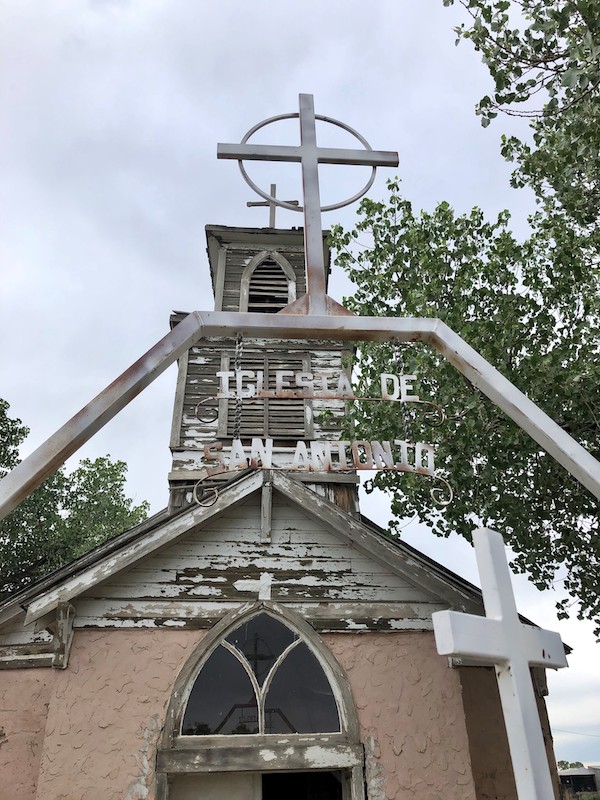
Constructed in 1928 through dedicated local labor, this adobe and stucco church represents the early Hispano settlements in southern La Plata County. Located along the old Denver & Rio Grande Railroad line, Iglesia de San Antonio/Tiffany Church holds great historic integrity for its beautiful interior and use as the site of an annual pilgrimage and mass every June. In 2022, CPI helped facilitate the completion of construction documents for foundation and wall stabilization and full building rehabilitation, funded in part by a State Historical Fund grant by architect Barbara Darden and structural engineer Jedidiah Williamson. The Archdiocese of Pueblo and local stakeholders, including the nearby church in Ignacio, as raising funds to match a grant for rehabilitation in 2023.
The Southern Ute Boarding School Campus
La Plata County. Southern Ute Reservation – 2020 listing:
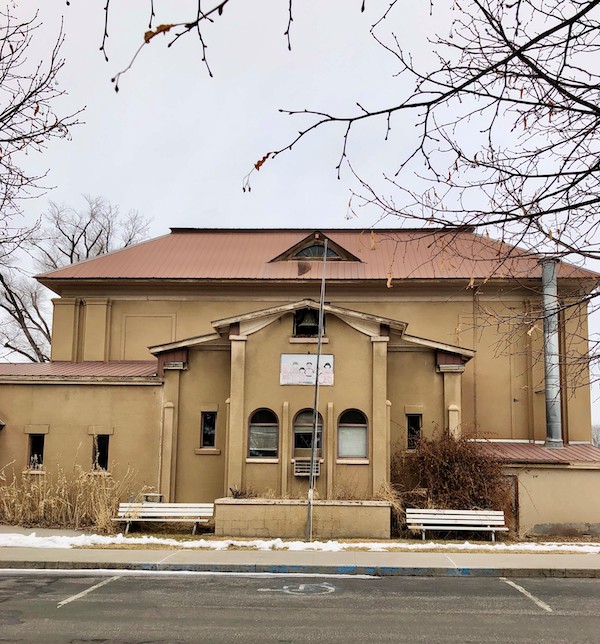
Constructed in the early 1900s, the Southern Ute Boarding School Campus (SUBSC) brings to light the national reckoning with the forced assimilation of indigenous children into Anglo-European culture. This boarding school era that separated families and implemented genocidal government policies represents a dark and traumatic chapter in American history. Today, the Main School House, Dining Hall, and Girls’ Dormitory. Nurse’s Quarters and Center Park remain. The School House and Dining Hall also contain WPA-era murals by tribal member Sam Ray. Recent preservation assessments of the murals and environmental remediation give hope for the potential reuse of the buildings and murals while giving the Southern Ute tribe a voice in telling their history.
Stranges Grocery
Mesa County – 2001 listing:
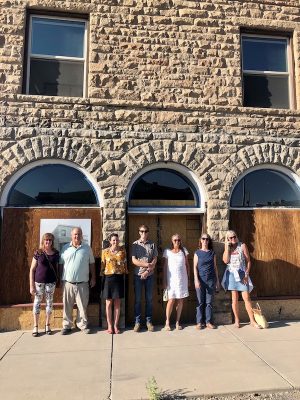
A preservation-minded buyer recently purchased the property and plans to adaptively reuse the space into retail and residential space while rehabilitating the original stonework. CPI has received a State Historical Fund architectural survey grant to evaluate the property further while helping to mitigate the impacts of a proposed highway widening project in 2022 that also impacts the nearby Grand Junction Depot. Meanwhile, some renovations are underway, including a reinforced basement with new flooring and adaptive reuse of the second floor to prepare for exterior masonry repairs and egress improvements. The grocery was built in 1909 and was one of four that once served a thriving Italian American community in Grand Junction.
Union Pacific Pumphouse
Cheyenne County – 2005 listing:
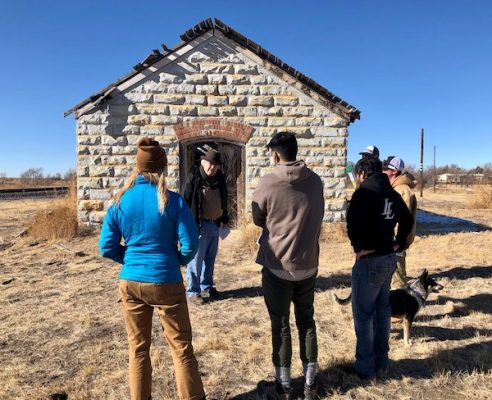
Located in Kit Carson, Colorado, the UP Pumphouse has remained in limbo due to liability concerns and indifference on the part of the Union Pacific Railroad. In the late 1870s pumphouse supplied water for steam engines and today stands as Colorado’s only surviving stone railroad pumphouse. In 2022, senior engineering students from the University of Colorado-Denver completed a comprehensive historic structure and engineering report that identified preservation priorities and estimated costs for preservation on-site and/or dismantling and reconstruction across the street. The Kit Carson Historical Society has also prepared a proposal to purchase a small portion of the land the pumphouse occupies from the railroad that is pending consideration.
CPI’s Endangered Places Program celebrates these positive developments for the five priority sites identified for 2022 and looks forward to assisting with further progress in the future.

 It is with a heavy heart that CPI shares our sadness with the recent passing of Mark Rodman. In this life, we strive to make a difference and leave a legacy that transcends our time together.
It is with a heavy heart that CPI shares our sadness with the recent passing of Mark Rodman. In this life, we strive to make a difference and leave a legacy that transcends our time together. Join me in celebrating a man who achieved great things and left a mark on the hearts of all he encountered.
Join me in celebrating a man who achieved great things and left a mark on the hearts of all he encountered. 

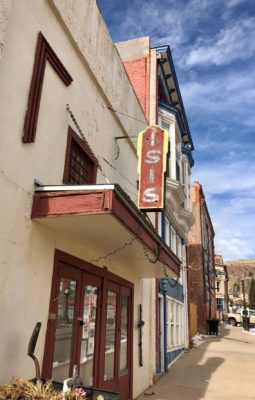 (May 25, 2022 — Denver, Colorado) – The National Park Service just announced they will be awarding Colorado Preservation, Inc (CPI) a grant of $750,000 to fund a rural revitalization historic preservation subgrant program within the organization. CPI received the grant through the Paul Bruhn Historic Revitalization Grant program, which awarded $7.275 million to 11 recipients in 10 states to support economic development through the preservation of historic buildings in rural communities across the country.
(May 25, 2022 — Denver, Colorado) – The National Park Service just announced they will be awarding Colorado Preservation, Inc (CPI) a grant of $750,000 to fund a rural revitalization historic preservation subgrant program within the organization. CPI received the grant through the Paul Bruhn Historic Revitalization Grant program, which awarded $7.275 million to 11 recipients in 10 states to support economic development through the preservation of historic buildings in rural communities across the country.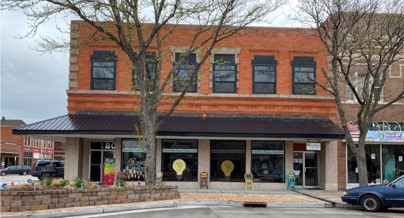 “We are thrilled to receive this incredible grant and for the opportunities it creates for preservation projects across the state,” Colorado Preservation, Inc. Executive Director Jennifer Orrigo Charles said. “With these funds CPI will be able to create a subgrant program open to private property owners, nonprofit organizations and municipalities with over $600,000 to award for catalyst projects in rural communities across the state. Eligible projects must be either individually listed or determined eligible for listing on the National Register of Historic Places. Buildings listed as contributing to a National Register Historic District also qualify. Applications will officially open February 2023 to coincide with CPI’s annual Saving Places Conference.”
“We are thrilled to receive this incredible grant and for the opportunities it creates for preservation projects across the state,” Colorado Preservation, Inc. Executive Director Jennifer Orrigo Charles said. “With these funds CPI will be able to create a subgrant program open to private property owners, nonprofit organizations and municipalities with over $600,000 to award for catalyst projects in rural communities across the state. Eligible projects must be either individually listed or determined eligible for listing on the National Register of Historic Places. Buildings listed as contributing to a National Register Historic District also qualify. Applications will officially open February 2023 to coincide with CPI’s annual Saving Places Conference.”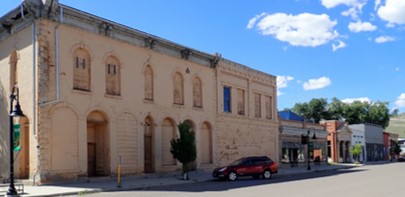 These grants mark the fourth year of funding for the program honoring the late Paul Bruhn, executive director of the Preservation Trust of Vermont for nearly 40 years. State and Tribal Historic Preservation Offices, Certified Local Governments, and nonprofits were eligible to apply for funding to create a subgrant program to fund multiple preservation projects in their rural jurisdictions. Congress appropriates funding for the program through the Historic Preservation Fund (HPF). The HPF, authorized through 2023, uses revenue from federal oil and gas leases on the Outer Continental Shelf, providing assistance for a broad range of preservation projects without expending tax dollars.
These grants mark the fourth year of funding for the program honoring the late Paul Bruhn, executive director of the Preservation Trust of Vermont for nearly 40 years. State and Tribal Historic Preservation Offices, Certified Local Governments, and nonprofits were eligible to apply for funding to create a subgrant program to fund multiple preservation projects in their rural jurisdictions. Congress appropriates funding for the program through the Historic Preservation Fund (HPF). The HPF, authorized through 2023, uses revenue from federal oil and gas leases on the Outer Continental Shelf, providing assistance for a broad range of preservation projects without expending tax dollars.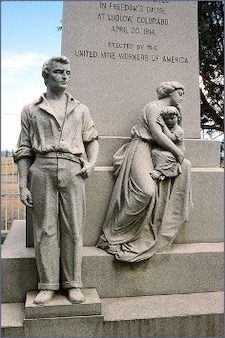
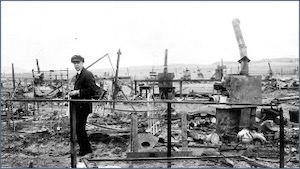
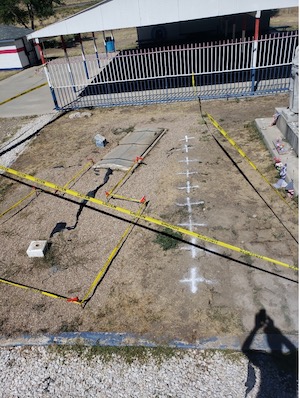
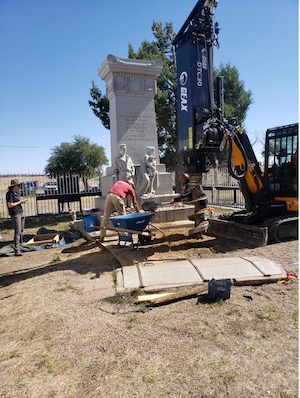

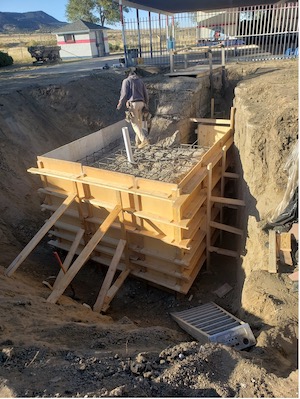
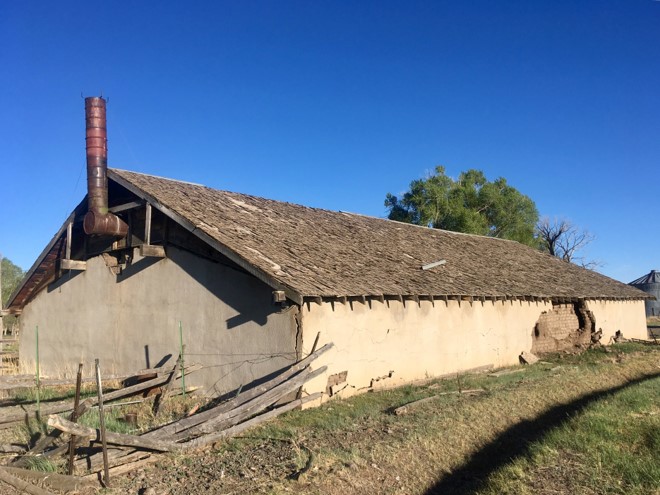
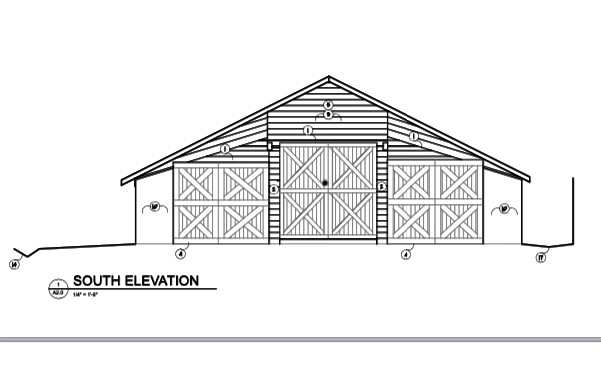
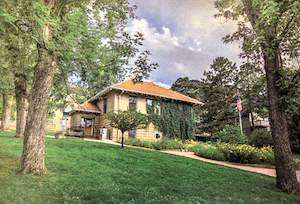
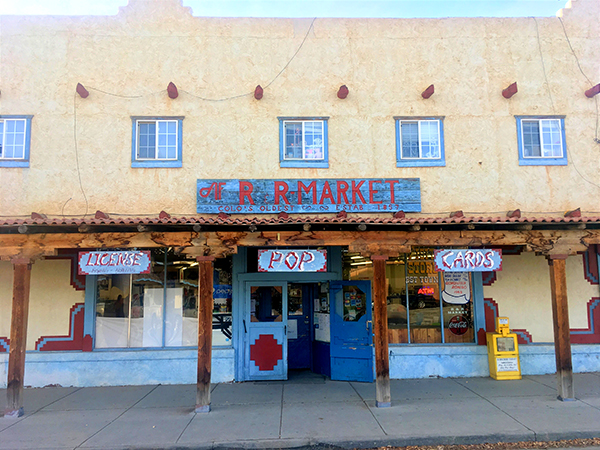
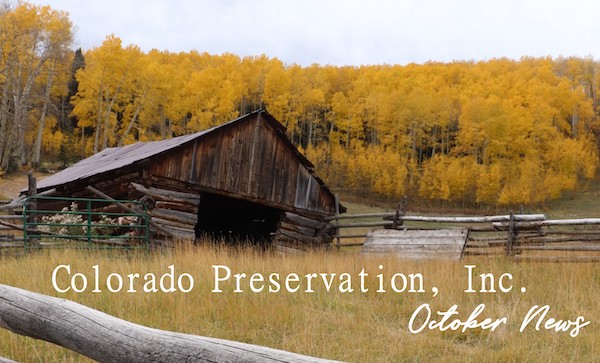
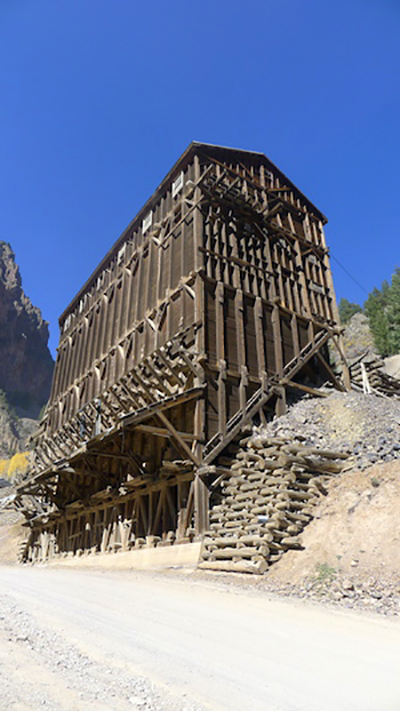
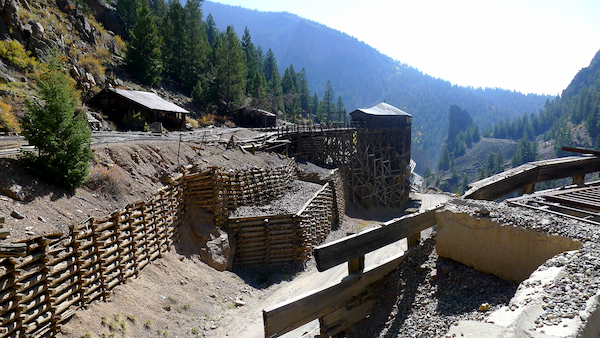
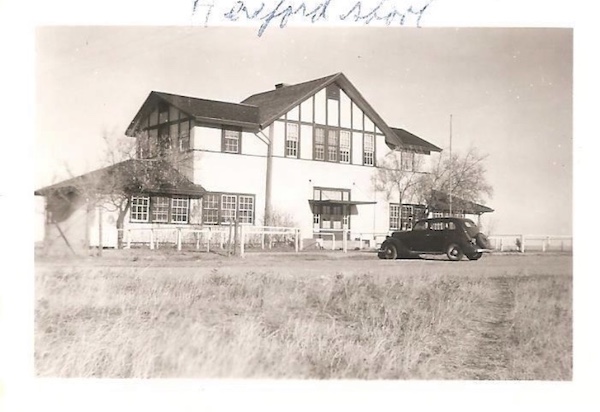


 . .
. .